A fascinating world of imagination awaits children with the introduction of plastic toy boats. Not just objects of play, these miniature vessels also serve as tools for learning and development. Offering a broad range of types, applications, and features, these toys are made from diverse materials, each with its specific advantages.
Types and applications of plastic toy boats
Plastic toy boats come in a myriad of forms. From big plastic toy boats that replicate real-life vessels to mini plastic boats for bathtub parties, the variety is immense. Some designs like the plastic toy ship or plastic sailboat toy are inspired by maritime history, while others like the large plastic boat toy are based on contemporary boat designs. The selection caters to different age groups, preferences, and play environments, providing endless fun and learning opportunities.
Plastic toy boats find extensive use in both educational and recreational settings. In an educational context, these small plastic boat toys can be used to teach children about buoyancy, forces, and water dynamics. Meanwhile, for recreational purposes, these toys are ideal for indoor play, outdoor adventures, and especially water-related activities. Whether it's a large plastic toy boat for a backyard pool or a plastic toy ship for a beach vacation, these toys are ideal for fostering a child's imagination and creativity.
Features and materials of plastic toy boats
The features of plastic toy boats are as diverse as their types. Some boats come with movable parts, enhancing the child's motor skills. Other boats, like the plastic toy boats that float, are designed to be water-resistant and buoyant, providing an engaging way to learn about floating and sinking. Noise-making features on some boats provide sensory stimulation, while others are designed with bright colors and engaging shapes to capture a child's attention and stimulate their vision.
The primary material used in the production of these toys is, of course, plastic. However, not all plastics are the same. Some boats are made from hard, durable plastics, ideal for rough and tumble play. Others, such as large plastic toy boats, are made from softer, flexible plastics, that are safer for younger children. Regardless of the type, all plastic used in these toys is non-toxic and safe for children, ensuring peace of mind for parents and caregivers.
Advantages of plastic toy boats
There are numerous benefits to plastic toy boats. Firstly, plastic is a lightweight and durable material, making the toys easy for children to handle and play with. In addition, plastic is easy to clean, making it a sanitary choice in a play environment. Furthermore, plastic toy boats that float offer an exciting way for children to explore the concepts of buoyancy and water dynamics. Finally, with the wide range of boat styles available, children can enjoy endless hours of imaginative play, developing their creative thinking and problem-solving skills.

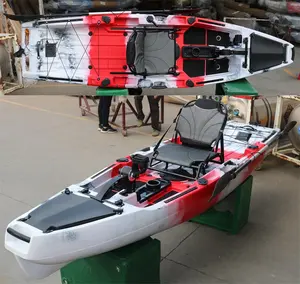







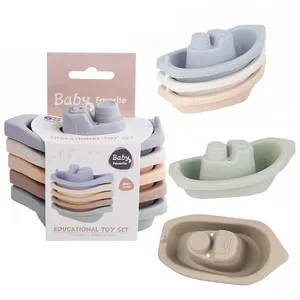
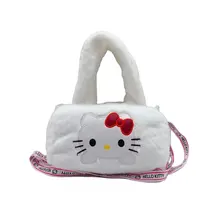
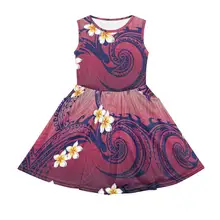
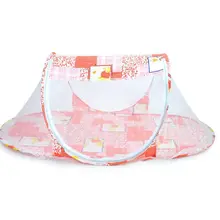
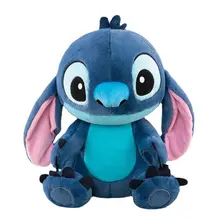




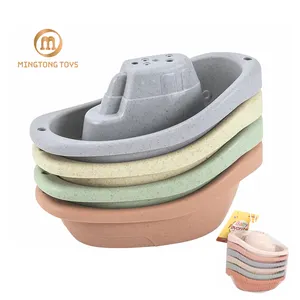
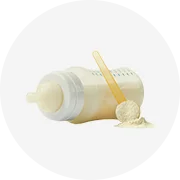

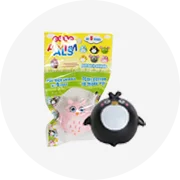
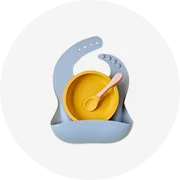
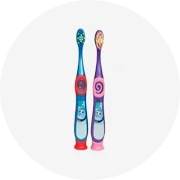
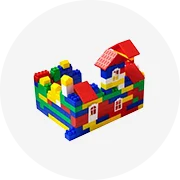
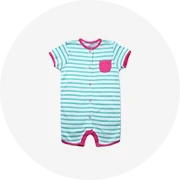

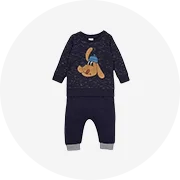
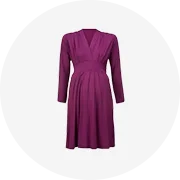
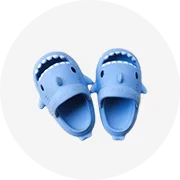


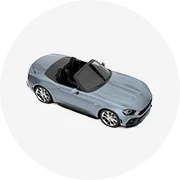
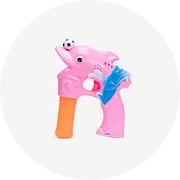








 浙公网安备 33010002000092号
浙公网安备 33010002000092号 浙B2-20120091-4
浙B2-20120091-4